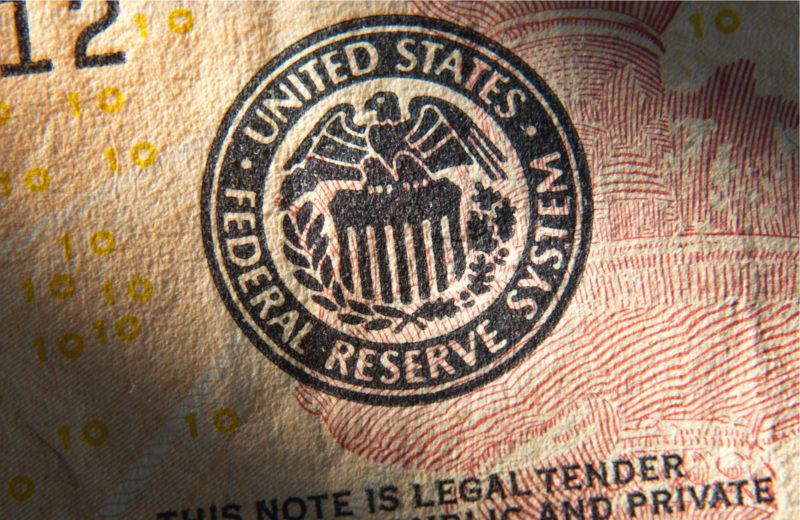Macroeconomic Inferences and the New Fed Regime

Under what conditions can we make valid inferences about the state of the economy from macroeconomic data? As it turns out, this seemingly unproblematic procedure becomes difficult when policy makers have got their eye on the data, too. This applies to all macroeconomic policy, but it is especially relevant to monetary policy.
Goodhart’s law states, “When a performance metric becomes a policy target, it ceases to be a reliable performance metric.” It is the bane of would-be monetary technocrats who think they can steer the economy by relying on aggregate statistics, such as the inflation rate and the unemployment rate.
Take the U.S. economy as an example. Monetary policy is typically concerned with keeping inflation low and stable while also trying to keep the unemployment rate down. By all appearances, the Fed is doing an admirable job. Inflation is currently around 2.5 percent, and the unemployment rate around 3.5 percent. These are exceptional numbers, and in any other era they would paint a picture of economic vigor.
But we cannot assume that anymore. Why not? The short answer is, the monetary policy regime has changed so much since the 2007–8 financial crisis that we cannot reasonably infer the same things from the usual data that we could prior to the crisis.
Before the crisis, monetary policy typically proceeded according to standard open-market operations. The Fed would expand the money supply by buying government bonds, or contract the money supply by selling government bonds, in order to keep basic liquidity conditions in markets stable. This is an appropriate task for a central bank.
But since the crisis, the operating regime has turned on its head. Familiar open-market operations have given way to a host of new powers and policies that scarcely resemble the old monetary policy regime. As my AIER colleague James Caton has noted, textbook monetary policy has gone out the window. Now, instead of limiting itself to government bonds, the Fed bought and holds a huge number of exotic assets, such as the now-infamous mortgage-backed securities. Since the crisis, the Fed’s balance sheet has ballooned from just under $1 trillion to over $4 trillion. In addition, the Fed is directly managing where all this new high-powered money goes by paying financial institutions interest on excess reserves. In essence, the Fed has massively swollen the monetary base, put it on financial institutions’ balance sheets, and then paid them not to lend.
In brief, the Fed has changed from a liquidity provider to a credit allocator. This blurs the line between fiscal and monetary policy, since the Fed has switched from laying the groundwork for market activity to directing market activity itself. Small wonder that, in addition to the aforementioned economic data, asset markets are booming. The Fed is creating cheap liquidity, passing it out to the financial sector willy-nilly, and then paying them to sit on the cash so the new money does not circulate and drive up prices.
We should be no more surprised by the apparent health of the U.S. economy today than during the Second World War. After all, it’s easy to keep industrial production high and unemployment low in a wartime economy. But precisely because it’s a wartime economy, we can’t make the same inferences regarding economic health as in a free economy. Wartime economic health is a mirage. Ours may not be quite so blatant as that, but nevertheless we have good reason to worry it is illusory.
To sum up, the Fed’s new monetary policy procedures have thrown into doubt the rules and guidelines for ascertaining the state of the economy. This is deeply problematic for the practice of sound and responsible monetary policy. If we cannot infer the efficacy of monetary policy from the usual data, the Fed becomes that much harder to monitor and control. That’s worrying for anyone who cares about public accountability and the rule of law.








